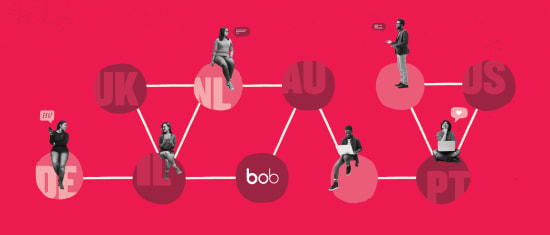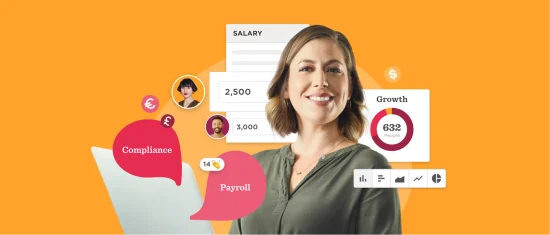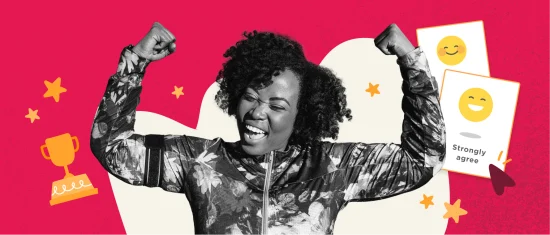From ey to ze: The HR guide to gender pronouns
For the modern HR leader, understanding the nuances and the importance of correct pronoun usage is paramount to fostering a healthy and inclusive workplace

In this guide, we’ll explore how organizational changes to finance and HR have driven a…

A dual strategy to boost retention and improve your employee engagement can pay dividends in…

More than DE&I metrics is how organizations harness diversity and whether or not they reshape…

Strong partnerships between HR and managers are critical for fueling a positive wellbeing cycle because…

Like most of our over 3,000 customers, we’re a multi-national organization. We have offices in…

Today’s digital workplaces require integrated applications: by bringing systems together, you can make it easier…

Keeping your budget lean and maximizing the productivity of your teams is key to surviving…

With traditional onboarding programs built around a physical office, how can you build a strategy…

With many global businesses now embracing a remote model, managers simply no longer have a…

As partners in strategic business decisions, the CFO and HR have an important role to…

This guide will explore proven approaches to inspiring motivation through culture and management and ways…

What ties us to our coworkers isn’t shared desk space: it’s a shared mission. With…

Creating a workforce planning process that works for everyone across your organization takes close collaboration…

The pace of change is only getting faster. It's more important than ever to check…

Workforce management approaches closely resemble those of human resource management (HRM). While HRM focuses on…